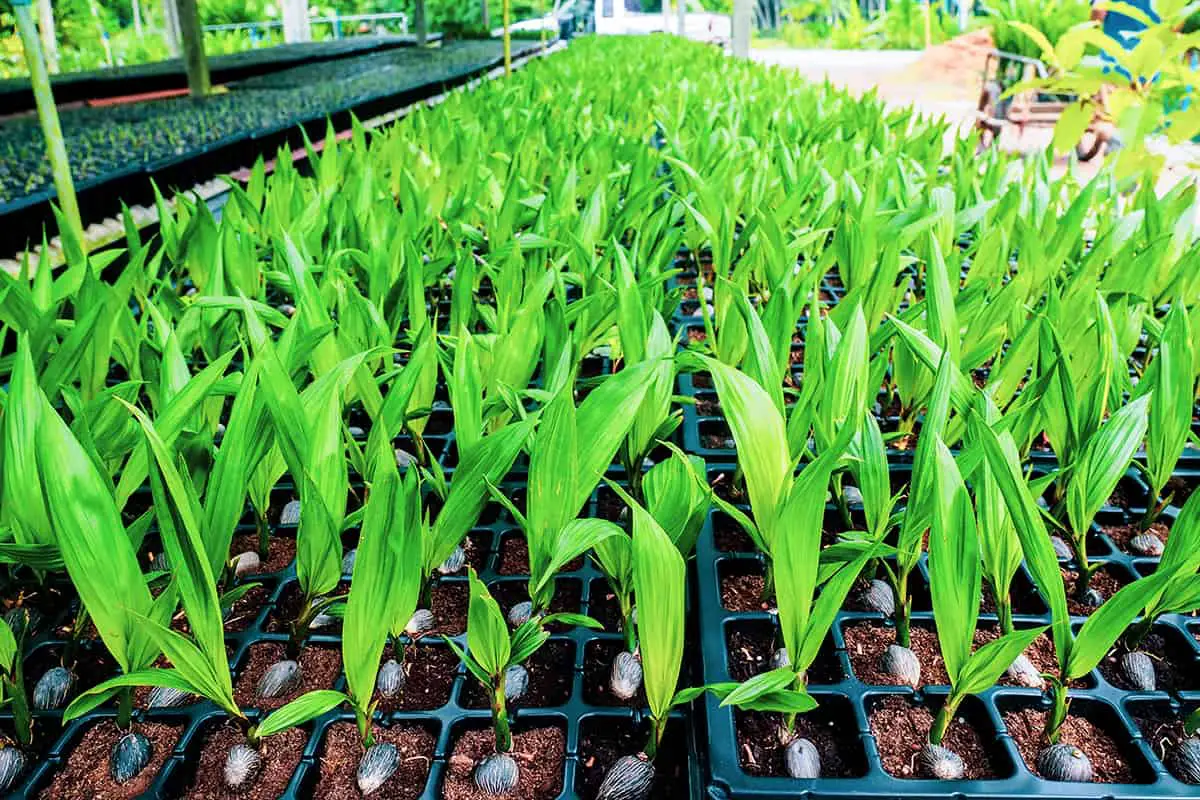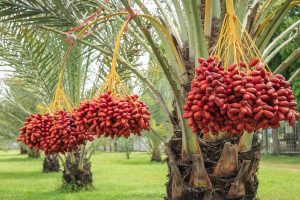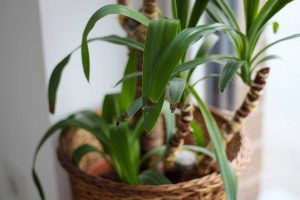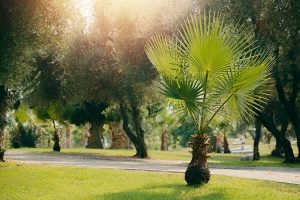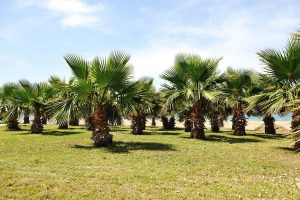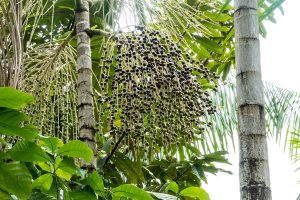Palm trees are typically expensive to buy, especially if you want a palm of a reasonable size, so growing a palm yourself is one way that you can save money.
If you choose a fast-growing palm tree, it may not take too long to have a selection of palms that are tall in stature. Unfortunately, palms can be difficult to grow from seed, so it’s worth arming yourself with all of the information to give your seeds the best possible chance of germinating.
Palm trees grow in a way that means they can not be propagated through stem cuttings, division, or layering. Instead, the only way to grow a palm tree is from seed. This requires a lot of patience and a bit of luck because palm trees are renowned for being tricky to grow successfully from seed.
Estimates from the University of Florida show that less than 20% of viable palm tree seeds fully germinate, and more than 25% of seeds take at least 100 days to begin germinating.
Table of Contents
What are Palm Tree Seeds?
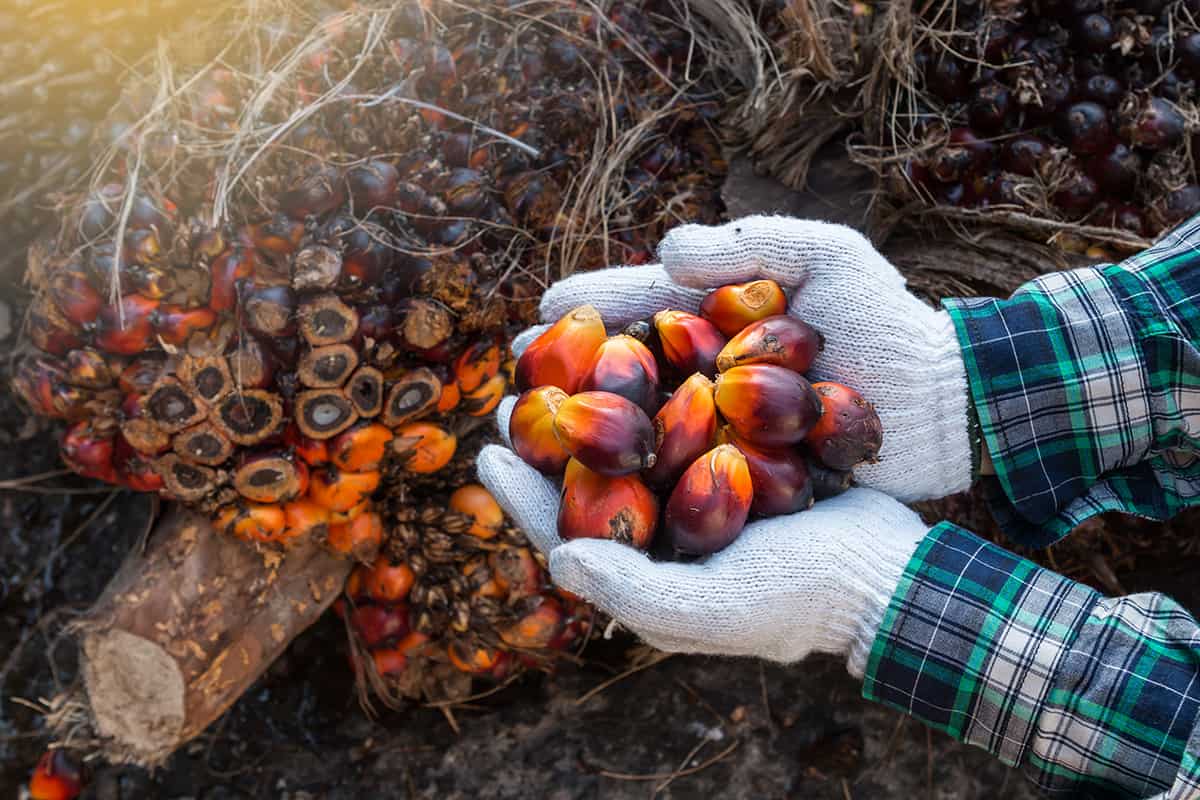
Palm seeds are part of the palm tree plant, which can be found inside pods located close to the flower on the tree. Palm tree seeds are essential for the future development of palm trees because the only way that palm trees can reproduce is via the planting of these seeds. You can plant palm tree seeds in much the same way as other seeds you may have sown in the past. However, you can expect that the process will take longer and may be more frustrating.
Palm tree seeds can take many forms depending on the species of the tree they come from. They may be perfectly round or elongated in shape, and they can be smooth or rough. Some types of palm seeds will measure less than a quarter of an inch in diameter, while other palm seeds can be as big as 1 foot in diameter.
The Sea Coconut Palm tree (Lodoicea maldivica), also known as the Double Coconut Palm tree, produces the largest seed of any flowering plant on the planet, at a typical diameter of 12 inches across.
Sourcing Palm Tree Seeds
Harvest seeds
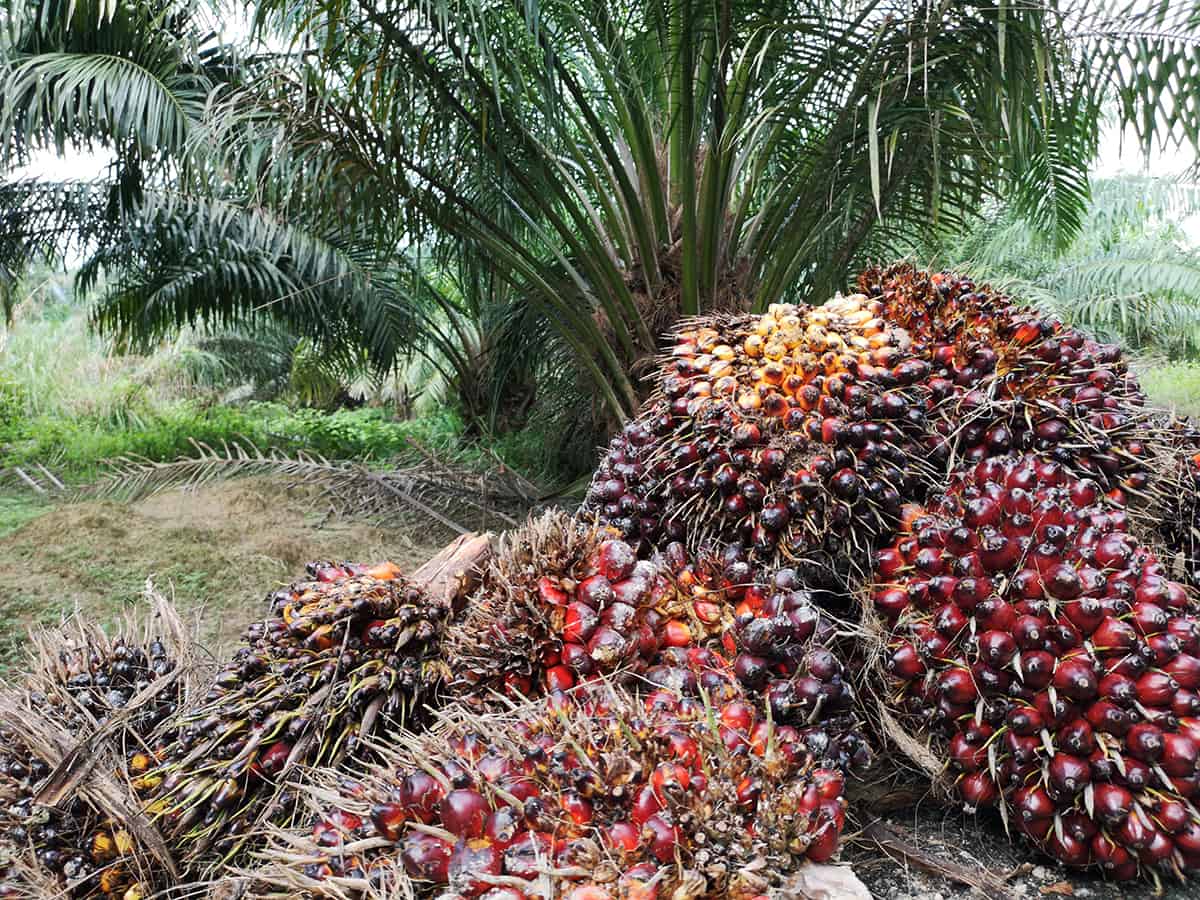
Palm tree seeds need to be quite fresh when you plant them because this gives them a much better chance of successfully germinating. If you have access to local palm trees, the best way to source some palm tree seeds is to get them directly from an existing tree. The seeds will be in the most viable condition when the fruit on the tree has fully ripened or when the pods naturally fall from the tree.
You could source the seeds from your own palm trees or with the permission of a neighbor from their palm trees. If there are local palm trees growing nearby to you in public areas, you could gather the seeds once they have fallen to the ground. Once you have the seeds in your possession, you should plant them as soon as possible because most types of palm tree seeds will only remain viable for a few weeks.
Purchase seeds
If you don’t have access to a palm tree you can harvest seeds from, palm tree seeds are widely available to purchase online or in garden nurseries. These tend to have a lower success rate compared to personally harvested palm tree seeds because you cannot guarantee how fresh they are or how they have been stored.
Preparing Palm Tree Seeds
To remove seeds from the pod, scrape the fruit away until only seeds are left. Palm tree seeds that have been harvested from the fruit should be cleaned with water before they are planted, though it is not a problem if some of the fibers from the fruit remain on the wall of the seed. If you have a large selection of palm tree seeds, it’s a good idea to test their viability before you invest time and energy in trying to germinate them.
To do this, get a bowl of water and drop your seeds into it. Seeds that float have a low chance of successfully germinating and are best discarded, while the seeds which sink to the bottom of the bowl stand a better chance of sprouting.
Since most palm tree seeds can take many months to germinate, this can help to save you the frustration of failing seeds, though it should be noted it is not a guaranteed way to determine viability, and there is some room for error. When you have selected your seeds, soak them in water for a few days before planting.
Palm Tree Seed Planting Instructions
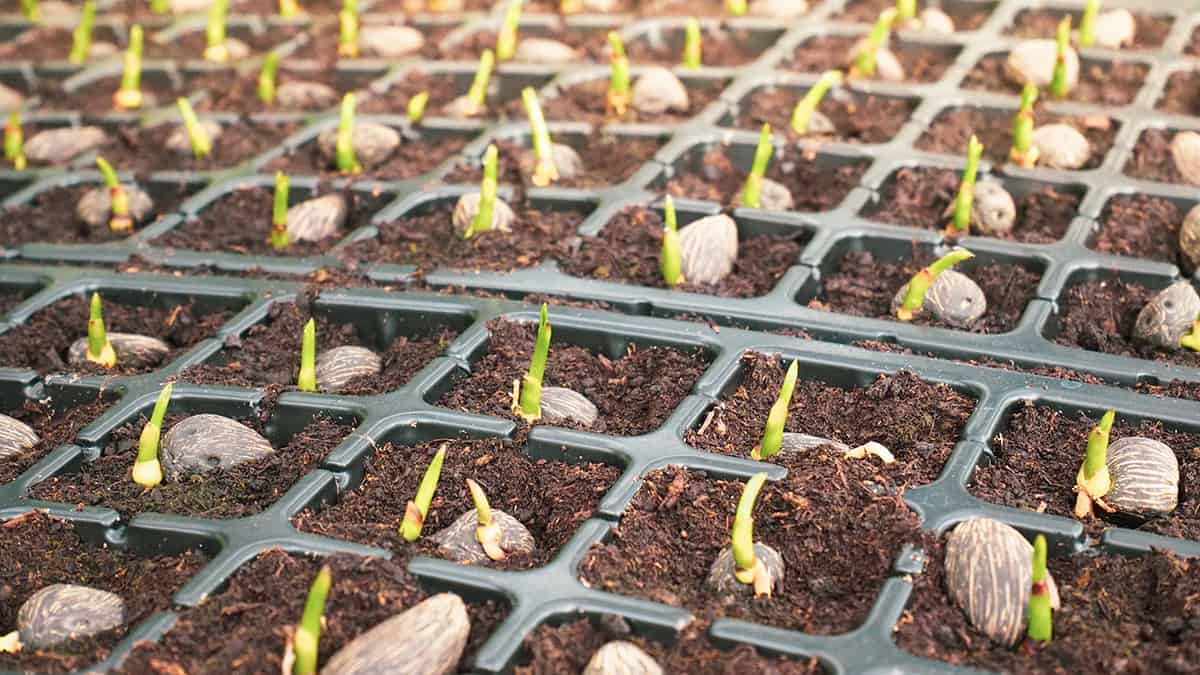
- Prepare a tray of shallow soil where your palm seeds can be sown. The soil should be moist and sandy.
- Place the palm tree seeds into the soil, only partially burying them. Do not fully submerge them in the soil because most palm seeds will not germinate successfully when they are completely covered over. In the wild, palm tree seeds are typically dispersed by the wind or spread by animals, and they will not be covered over for germination.
- Next, you will want to locate the perfect spot to position your palm seeds while they germinate. They should be in a warm and humid environment, like a glass house. If you don’t have a glass house, a window box in a bathroom will work well because these rooms tend to be quite steamy, or you can create your own micro glasshouse using a plastic container or plastic bag. Insert your tray into a clear plastic bag or cover it with a clear plastic box. This will ensure light can get to the seed, but it will raise the moisture content of the air within the confines of where the tray is being kept.
- Next up is the waiting phase, which can be quite tiresome if you are eager for your little seed to sprout. Most types of palm trees will take a long time to germinate, typically more than two months, and there are some varieties that will take even longer. The Coconut Palm tree (Cocos nucifera) notoriously takes in excess of 6 months before it starts to show any sign of germination.
- While waiting for your palm seed to sprout, you should keep the soil moist but not wet. This is best done by using a water spray and frequently spritzing the soil rather than pouring water onto the soil, which can make it soggy.
Palm Tree Sproutling Care Instructions
Once your seed has sprouted, you should move it to a consistently warm location of over 72ºF. If the species of palm hails from humid climates, then keep the humidity levels high, but if it is native to dry climates, you don’t need to sustain high humidity. Allow the seedlings plenty of light or dappled shade, depending on the species.
Do not transplant the seedlings until they have at least four leaves because palms are prone to root shock when moved, which can lead to their demise. As they grow, you can move them outside or to a more permanent position and care for them as necessary.
